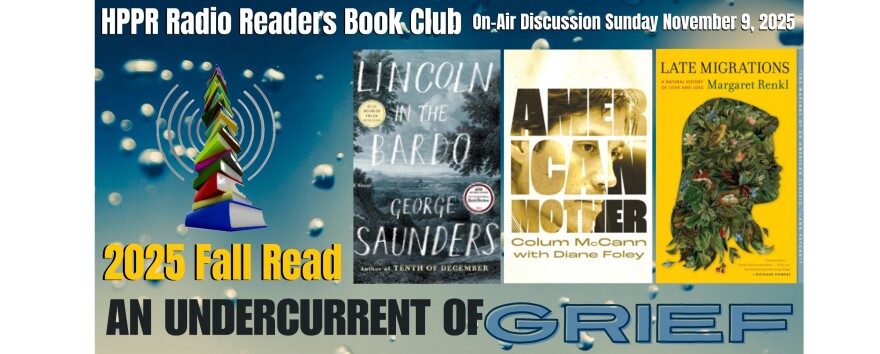Hi! I’m Marjory Hall back again with a BookByte for the Radio Reader’s Series. There are few names in young adult fiction that command as much respect as Jason Reynolds, and that is for good reason. Reynolds is reported to have absorbed poetry by exposure to the lyrics of the rap music he loved, not reading a prose novel until he was seventeen years of age. His verse is never stilted or artificial; it flows with the rhythms of the city streets he writes about. For his subject matter, Reynolds draws from his own youth and what he sees in contemporary society. Maybe that is why the verse novel Long Way Down speaks with such an authentic voice, telling a raw story of violence in beautifully crafted poetry.
It might sound strange, but bear with me for a minute while I explain why Long Way Down reminds me of the prose of Ernest Hemingway. Learning his craft in journalism at a time when news writers’ work was measured in column inches, Hemingway wrote in a pared-down, minimalist voice, commonly described as terse. A great deal of Hemingway’s subject matter pertained to the loss of a generation of Americans to the violence of World War I. Piling it with flowery description and elegant prose cannot make the desolation of war any easier to comprehend. Here is the resemblance between Hemingway’s work and Reynolds’s. The poetry of Long Way Down is terse; it is spare and sometimes bleak, like the desolation it describes.
Reading this book, I sensed that the figurative language of poetry was the only one that could effectively convey the pain, fear, and loss of the protagonist’s story. Will’s reaction to his brother’s death is surreal, peopled by the ghosts of those in his life who preceded his brother to their graves. In the aftermath of Shawn’s death, Will’s memory of the first murder he witnessed comes to him vividly as another ghost. Instead of seeing his eight-year-old friend dead on the playground, Will sees her as having aged along with him, grown into the promise of beauty that was broken by gunfire. This first death is when Will learned the first rule: no crying, and he’s had to apply it more than once.
Will’s strict adherence to three rules has provided order and guidance to his life. The rules are unequivocal; they are “meant for the broken // to follow,” like a map by which a person can navigate a nightmarish reality (35). This is not Alice’s dream of curious events down a rabbit hole or even a map by which a newcomer can make himself known to his community, like in Everything Sad Is Untrue. This is a painfully frail guardrail, the only support available in Will’s world where death comes like an earthquake, unannounced and devastating.
A sense of obligation for revenge is what propels Will to the elevator in which most of the action of the book occurs. Described more than once as coffin-like, the elevator is the proving ground for Will’s resolution. On the long way down to the lobby, he confronts the many losses he’s endured, inevitably maturing in ways that most people can never imagine. When the elevator door opens, fifteen-year-old Will must make a decision that will determine the rest of his life. The poetry and story of Long Way Down are as beautiful as they are heartbreaking.
I’m Marjory Hall with a Radio Readers’ Book Byte.










